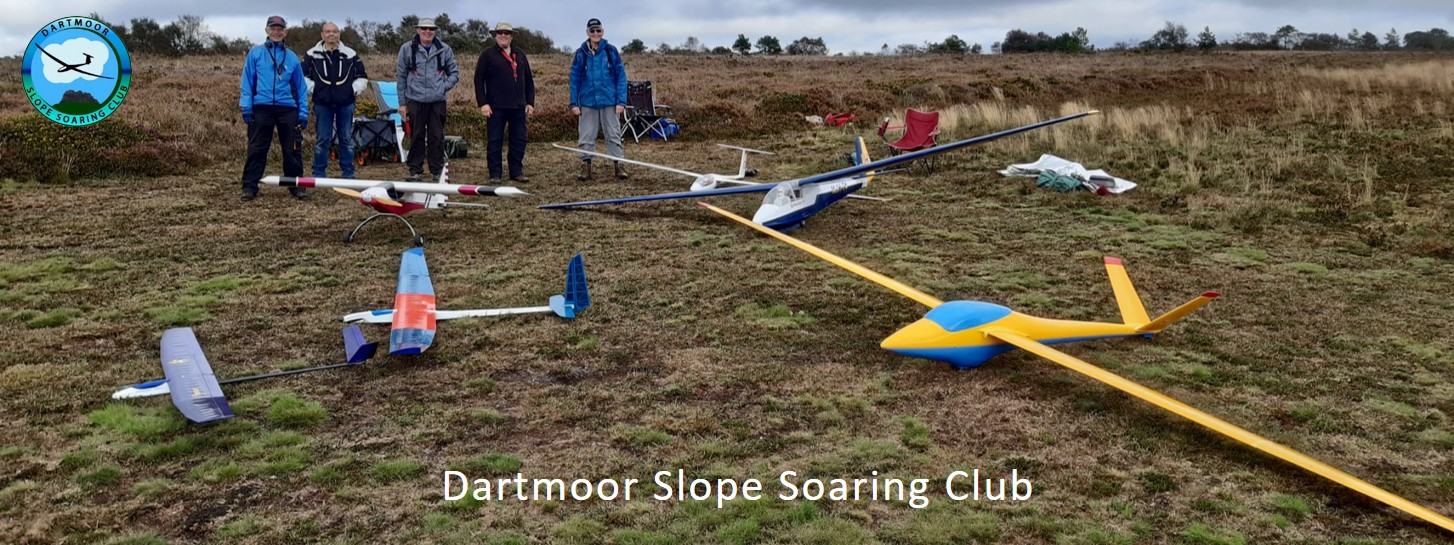After the excitement of finishing The Plan I rather fancied celebratory drink and a sandwich. Not any old sandwich, a rib sandwich – two thick slices of aluminium filled with 13 balsa blanks. Once this aeronautical snack was rasped into shape (and the drink consumed), I finished it off with the sanding block, then repeated the whole process for the opposite wing. Hey presto! Two identical sets of 13 ribs.


‘Back in the day’ carbon spars hadn’t been invented, well at least I’d never seen one. We always used spruce. Seeing carbon amongst the balsa at my local store I thought why not? Not really having a clue, I went for two lengths of 6mm carbon tube with an 8mm joiner which seemed pretty light and remarkably stiff. Back at The Hanger I roughed up and epoxied the carbon tubes, then tapered and assembled the balsa trailing edge. So here we are with the spar, the TE, and two piles of sandwich filling:

I noticed that John said his laser cut K7 ribs had temporary little tabs sticking out that held each rib in perfect position above the building board. I had to devise my own way which was slightly complicated by my wing being not only tapered in both chord and thickness but also having a tip airfoil that’s different to the root airfoil. In the end I pinned tapered strips of scrap balsa to the board and pinned each rib to these. Theoretically this would hold each rib at the right height while the rib-spar joints dried. The aft strips remained pinned to the ribs until after the LE and TE were glued on. To make sure the ribs were equally spaced and vertical I cut all the bits of spar sheeting first and used them as temporary spacers. Just to make doubly sure the wing was ‘true’, at each critical stage I kept weighting it down with lead onto scraps of 18mm ply, packing the TE to take account of the tapers.



Next task was to try this new-fangled idea of sticking servos in the wings (well new to me anyway). In real terms, servos in the 70’s were more than twice the price they are today. More importantly, todays can be less than half the size. There didn’t seem any point using the fixing screws supplied as there’d be no way to access them so I just glued in a few scraps of balsa to hold each servo in place. I reckoned the necessary cuts in the LE sheeting would be weak spots in the wing so I beefed them up with tiny scraps of 1/64” ply. You’ll have realised by now, I ‘have a thing’ about using up scraps.


Looks like those exiting servo leads are going to be very vulnerable. I’ll have to address that later.
Next the center section sheeting went on. Then I ‘slotted’ the ends of the carbon spar to accept those distinctive ‘Peacemaker-style’ wing tips, fashioned the flaperons from 3/8” sheet, and cut the P-style tailplane from 3/16”. There’s something very satisfying about watching your own design gradually turn into reality (even if it was inspired by someone else’s).

Meanwhile, with Christmas looming, I’ve been making two chuck gliders as gifts – one for each of our elder grandsons. I found a delightful little design called the Aleda by Joshua Finn on YouTube which I scaled up to 12” span. I added little bendable rudder trims. Here they are before being sealed and decorated:


My you are cracking on David, really taking shape. Did you use just the carbon Tube or think of the addition of carbon rod inside? Wouldnt have thought weight was an issue, aerobatics need momentum don’t they, also with such a short moment arm not much nose ballast .required. I have tried the sandwich method but with not much success as I had a steep chamfer on the ribs which when sanded flat made the ribs the wrong size/shape. Many years ago KK produced a chuck glider called the Polaris, my first model and it flew fantastically off a catapult…..great days chewing balsa cement off your fingers! Have you maidened your chuckies before gift wrapping?
John
Hi John. I presumed carbon rod would be quite a bit heavier without being much stiffer so I just went for tube. I’m mindful of weight because my glider designs tend to be built like powered models. Did you watch that VTPR video? One of the reasons they are so aerobatic is that they are super-light and flown in light winds. I’m pretty resigned to mine being heavier, needing a minimum 10mph breeze, and doing bigger manoeuvers. Mind you, I’m going to try and work out how to programme the Tx to give me what Futaba calls a ‘camber’ control (flaperons). So that might help with climbing in light winds.
With the rib-sandwich method I find steep chamfers are only an issue on the rib-ends and (depending on how you line up the templates) usually only the trailing ends so I added a couple of mm to the template lengths so I had enough material to sand to bring each rib-end to the right chamfer angle.
Back in the day I never did build a chuck glider although my cousin Steve had hours of fun with his. The boys are only 6 and nearly 6 so I’m making their gliders a bit on the sturdy side and will certainly test and trim them before boxing and wrapping for Christmas. Happy days.
You are having fun David, keep these quirky designs coming as long as the balsa lasts! Really entertaining on these dark endless days of Covid.
John